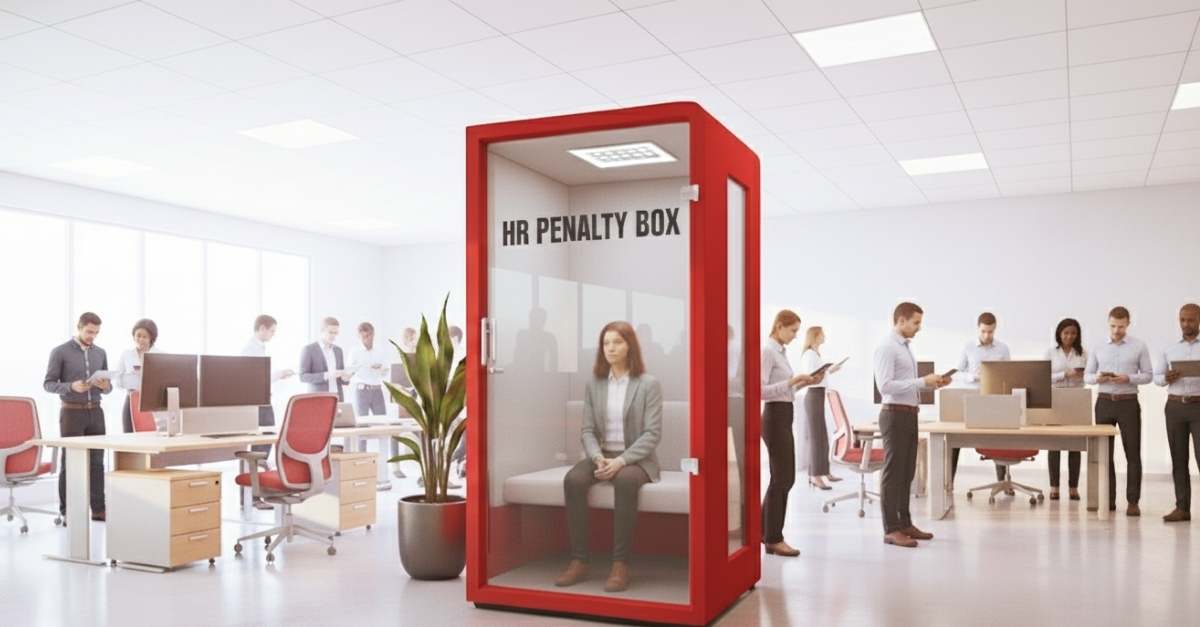As a leader, it’s your responsibility to cultivate and foster a strong workplace culture
The word “culture” comes from the Latin word colere, which means “to cultivate.” Your organization’s culture is a system of beliefs, expectations, priorities, traditions, and attitudes which you cultivate and reinforce on a daily basis.
This requires an organization’s leadership to take ownership of their culture as something to be actively developed and designed. As a leader, you are a cultivator, not a manager, of culture. Managing a culture involves passively watching a set of beliefs, expectations, priorities, traditions, and attitudes build up and materialize on their own among your people, hoping things go well, and putting out fires when they flare up. On the other hand, cultivating a culture means actively developing and deliberately delivering your vision, values, passions, and goals (and how your people distinctly contribute to these things) into your organization, then actively shaping the beliefs, and so on, your people have through regular, intentional communication.
As a leader, you may be ready to accept cultural change, but your people may not. Learn how to successfully implement cultural change within your organization with our Leading Cultural Change eBook!
Join 10,000 companies solving the most complex people problems with PI.
Your organization will always have a culture, regardless if you are shaping it or managing it. When two or more people interact on a regular basis, there is culture among them. There are beliefs and convictions and priorities and assumptions that manifest into actions and behaviors. If you don’t set vision for how this should look, another set of beliefs and behaviors will build up on their own, usually in scattered, unclear, and competing ways.
Here are three things you can do to actively cultivate a vibrant, aligned culture.
Shape people’s beliefs through ongoing communication
Many leaders neglect to see themselves as the primary creator of others’ beliefs. But your words and actions as a leader are the primary means by which people shape their beliefs about what’s important for your organization. What are you generally talking about on a daily basis? What do your people hear most from you? Are you recognizing, rewarding, and reinforcing the good behaviors you see your people taking on? Are you helping people understand how their contributions are building the organization?
Not all of your people’s beliefs come from your ongoing communications with them, but more of them do than you realize. Leading by example is great, but you have to consistently communicate the right messages if you want to build a healthy culture.

Make it about your people
I often tell my clients, “If you treat your employees like employees first and people second, you’ll lose them as both people and employees. But if you treat your employees like people first and employees second, you’ll keep them as both people and employees.”
Your people are your first customers. They are the CEOs of their careers, and you do not own them. Care for them, help them understand how they’re contributing and how they can contribute more effectively, and be patient with them. This doesn’t mean to give them too much leeway or to let them walk over you. But it does mean to treat them as human beings in partnership with you, not as machines with a task. Your people will be most productive and profitable when they see themselves as more than a source of productivity and profitability. Everything else you do to build your culture will fall apart if you don’t put your people first.

Be willing to change what needs to change
People are complex, and the cultures they create are also complex. Sometimes negative elements can begin to develop within a culture, and it’s on the leadership to be proactive about recognizing and changing what needs to change. Things don’t usually “work themselves out;” they usually mutate into bigger problems! Take the initiative to communicate what needs to happen, get people involved, and execute your strategy.

The opinions expressed in this article are the author’s own and do not necessarily reflect the views of The Predictive Index








